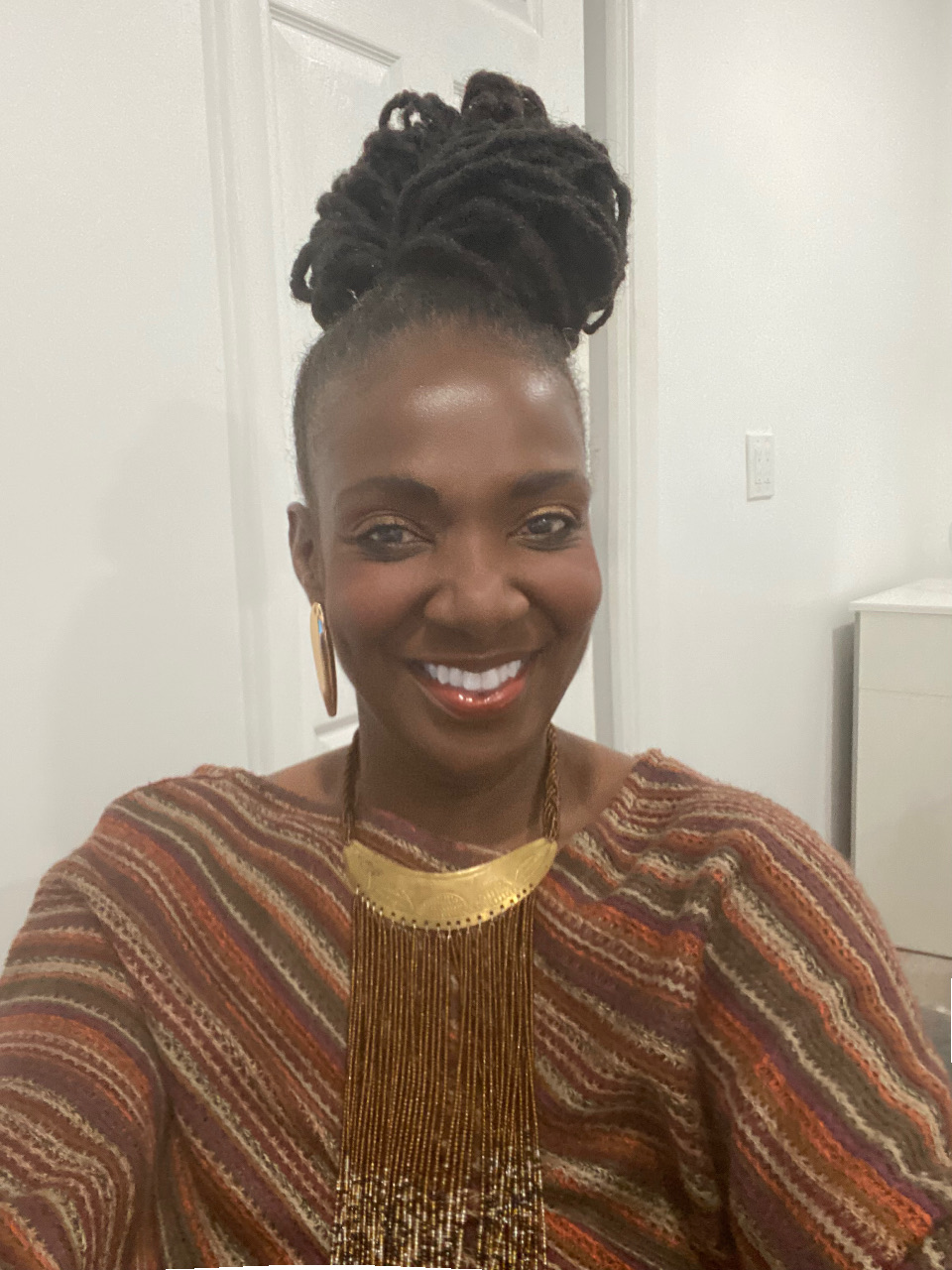All HiSET: Math Resources
Example Questions
Example Question #1 : Find Probabilities
How many ways can eight people be seated at two tables if four people should be at each table, and it only matters at which table each person sits (ass opposed to which seat)?
The number of ways to choose four people to sit at the first table without regard to the arrangement at either table is the number of combinations of four people from a set of eight; once the people who will sit at the first table are chosen, the people who will sit at the second are automatically chosen. Therefore, the correct number of such arrangements is 
Since

then, setting 

the correct number of arrangements.
Example Question #1 : Find Probabilities
The spades and the aces are removed from a standard deck of 52. Give the probability that a card drawn at random will be a red three.
In a deck of 52 cards, one-fourth of the cards, or 13 cards, are spades. Also, there are four aces, one of which is a spade and three of which are not spades. It follows that the removal of the spades and the aces results in the removal of
cards, to leave a modified deck of
cards.
None of the two red threes (the three of clubs, the three of diamonds) were removed, so the probability of a random draw of a red three is

Example Question #2 : Find Probabilities
A standardized test comprises five examinations: reading, writing, math, science, and social studies, and these examinations may be taken in any order; however, in one state, there is one restriction: neither the writing nor the math test may be taken last.
In how many different orders can the five tests be taken so that this restriction is met?
Because the last test cannot be either math or writing, the selection of an order in which the tests are taken must be looked at as a sequence of events as follows:
First, the test to be taken last must be one of three tests: reading, science, or social studies;
Second, the remaining four tests must be arranged in a particular order. There are four ways to schedule the first test, three remaining ways to schedule the third, two for the third, and one for the fourth.
By the multiplication principle, this makes
possible schedules.
All HiSET: Math Resources



























